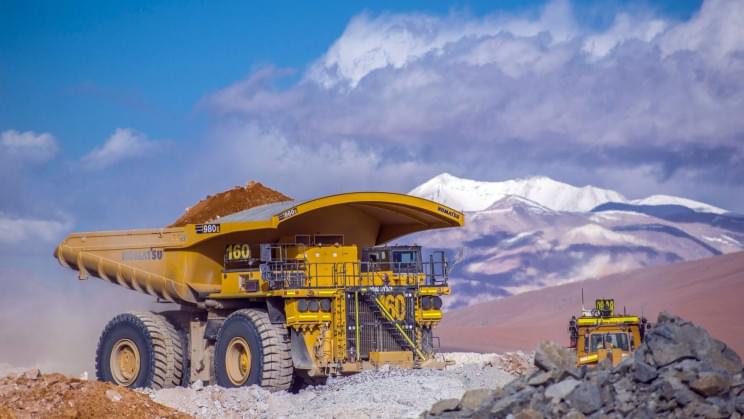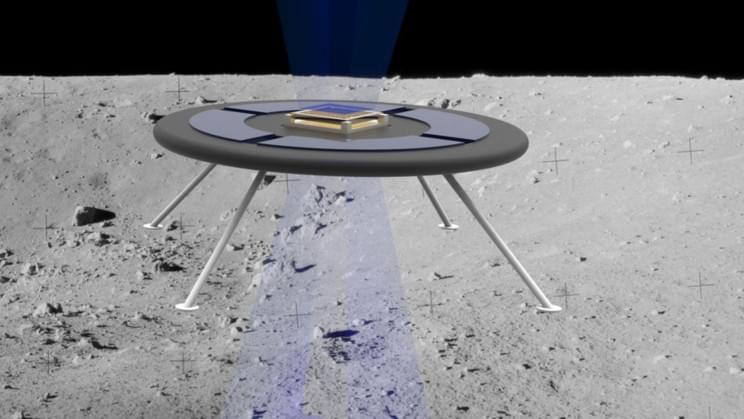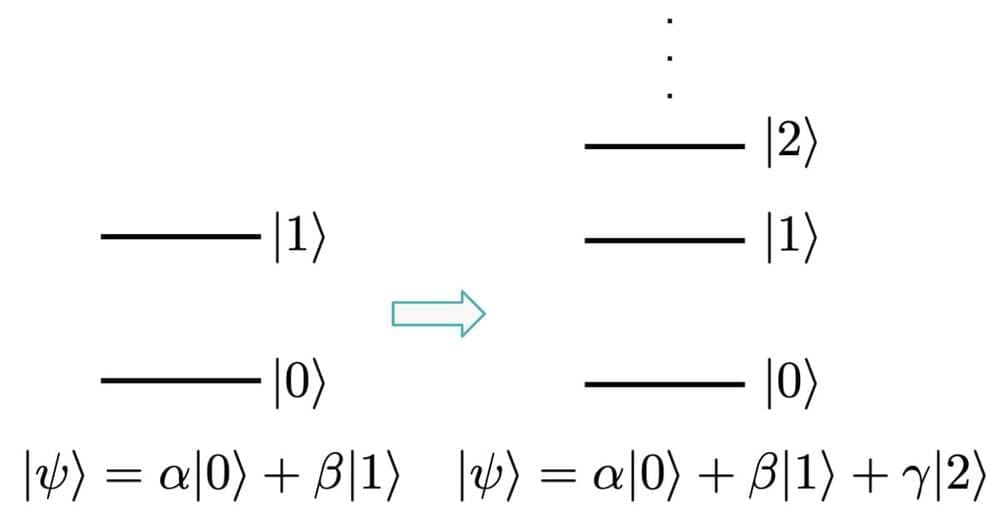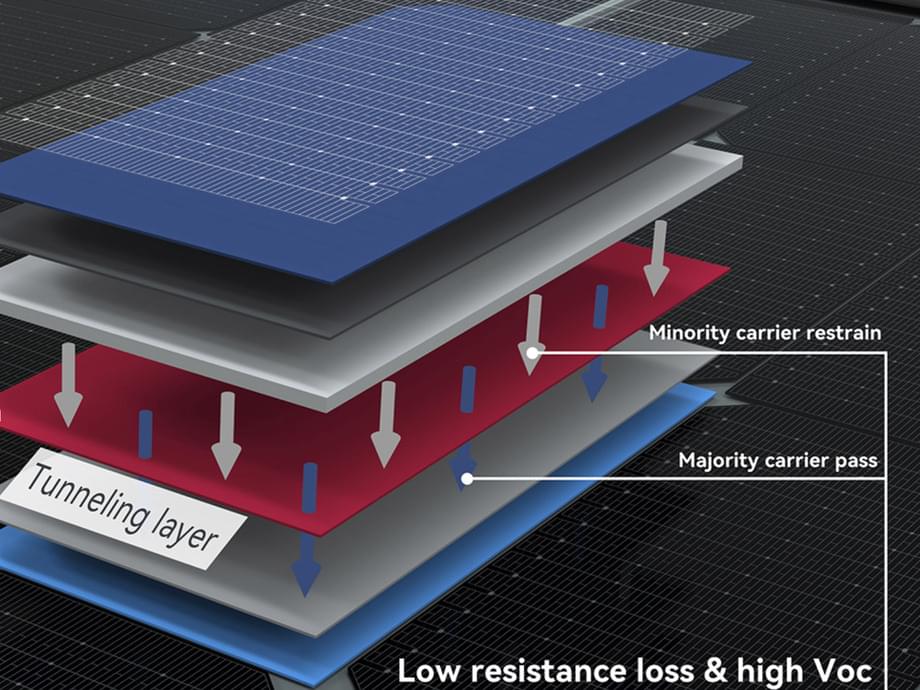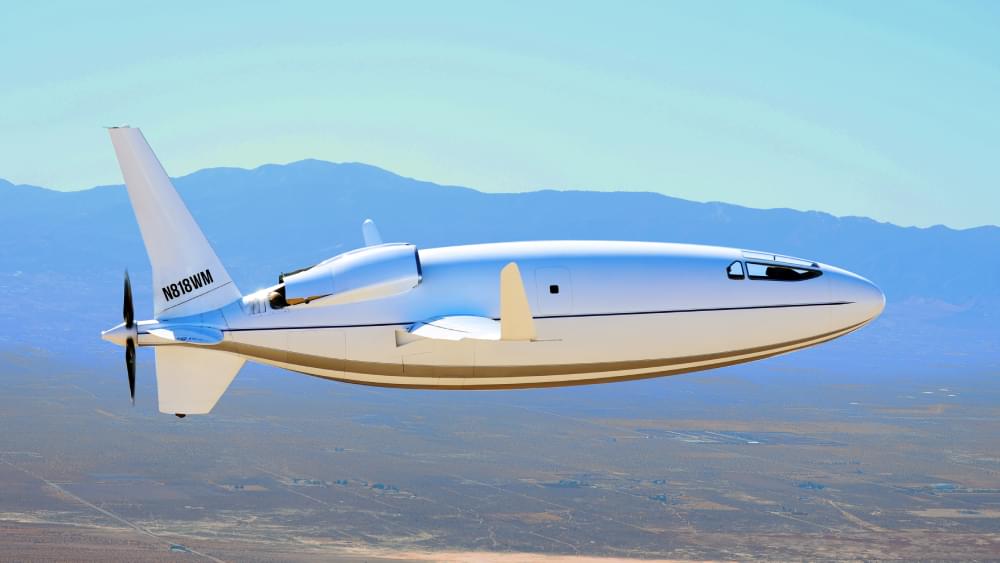And it’s a hybrid mix of hydrogen and electric power.
Global mining company Anglo American is experimenting with hydrogen to power the giant mining trucks.
Mining trucks consume 35.3 gallons (134 liters) of diesel per hour with their enormous weight of around 220 metric tonnes and therefore emitting vast amounts of carbon dioxide into the atmosphere.
In order to reduce the mining industry’s carbon footprint, Anglo American is focused on mining trucks.
The company is collaborating with several partners, such as Engie, NPROXX, First Mode, Williams Advanced Engineering, Ballard, ABB, Nel, and Plug Power, to develop a hybrid mining vehicle, fueled with hydrogen and electricity.
The truck will be hybrid, with a hydrogen fuel cell providing roughly half of the power and the other half by a battery pack.
The truck can also harvest regenerative energy created when driving downhill and braking, which is stored in the battery and extends the range of the vehicle.
